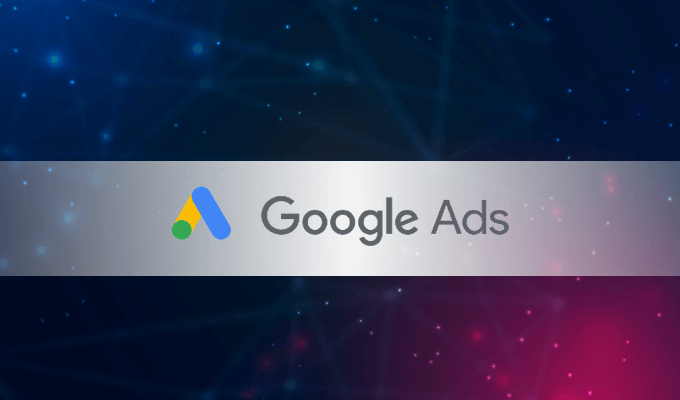How Does Google Ads Data-Driven Attribution Give Credit For Conversions?

The right answer is It uses your unique account data and machine learning technology to distribute credit between ad clicks according to which touchpoints were most critical to the conversion.
Explanation
Data-Driven Attribution works very differently from the rules-based and standard position attribution models. Instead, it uses the actual data from the Analytics account and generates a custom mode. It helps to market the touchpoints during the entire journey of customers by assigning conversion credit.
What Is Data-Driven Attribution?

Data-driven attribution is a model that helps you to know the details about your campaign. If you are familiar with the Google Ads campaign, then you might have heard about the data-driven attribution. Now that you know how does Google ads data-driven attribution is given for conversions, you have to know the details about it.
In short, this attribution model is very different from all the other models as it provides credit for conversions. In addition, it is given based on how the customers are interacting with the ads. So, this is the best model if you want to get insights into what your customers are clicking and what they are ignoring.
Why Is It Different From Other Attribution Models?
There are many attribution models available that you can select in Google Ads. Like the last click or last click, most of them assign the conversion value to the campaign based on whether the click was last or fast by the customer. The main issue with this model is that all the credits are assigned to one ad. However, others have an impact on getting the conversion.
There are many other attribution models that assign the value equal or wait till the end to sign more weights. These models miss the point and fail to give credit based on conversion. On the other hand, data-driven attribution uses the data of actual customers to give credit for conversions.
Are you wondering how it can do this while all the others can’t? Well, the secret behind this is machine learning. It allows this to be specific to the account of each advertiser. The learning process of this model is based on the click of people, conversion data, and other activities in your campaign.
Eventually, some customers will convert, which Google uses to compare the conversion data or engagement journey with customers who did not convert. It helps to know if customers who converted interacted with the same ads. It allows Google to assign more credits to these interactions compared to others.
Ultimately, you will be able to find out which ads are driving conversion in your campaign. As an advertiser, it will help you a lot to improve your campaign and increase the overall conversion rate. To understand how does Google ads data-driven attribution is given for conversions; you will need to know the benefits of this attribution.
Benefits Of Data-Driven Attribution

The primary benefit of data-driven attribution is that it helps the marketers to understand how the customers are interacting with different marketing programs and channels. Also, it provides information about the touchpoint contribution to the conversion. Finally, it gives a clear view of the customer journey to improve the campaign.
Marketers or advertisers can analyze the performance of the campaign and all the details of each touchpoint to pinpoint the effectiveness of each step. Data-driven attribution needs a platform that can easily provide reports and automate analytics. The value of data is not realized until it transforms into items that can be improved.
That is why the importance of the reporting section is very high to access before signing into a particular situation. The reports need to be very understandable for all the people in your company to understand. Here are some of the other benefits of data-driven attribution.
1. Refine Budgeting Strategies
One of the essential benefits of data-driven attribution is the help you can get to refine strategies. For example, as it helps to provide precise reports on the campaign, you will be able to set budget targets at every campaign level.
2. Analyze The Performance Of Your Omnichannel Campaign
You can use the detailed report of the campaign to improve the performance. In addition, the detailed reports help you understand how the campaign and channel affect the next steps.
3. Get Global Perspective
It is essential to use a tool that helps get you the global view of the marketing efforts. Also, get more insights into the marketing efforts when needed. You can customize the view based on the specific metric to reflect the goals. That will ensure you get maximum value for your efforts by aligning your analysis with the priorities.
Apart from these, the insights of the ads help to improve the overall performance of the ads in the future. Knowing the interaction points and details about the visitors helps to get the maximum benefit. You will learn which ad groups, ads, campaigns, and keywords are driving the conversations. It can help you boost the ROI and reduce the wasted spend on ads that are not performing well.
Common Attribution Models
- Last click – “This is the historical default that gives all credit to the final click prior to the conversion.”
- Time Decay – “Gives credit based on the time between interactions.”
- Linear – “Gives equal credit across each step of the conversion path.”
- Position-based – “Gives credit to specific steps in the conversion path (typically first and last).”
- First click – “All credit to the first interaction (typically used to credit awareness tactics).”
- Data-Driven – “Uses historical data to determine the attribution credit. The model will shift depenging on the unique path.”
How To Set Up Data-Driven Attribution In Google Analytics?
Scroll down below to know how you can enable data-driven attribution for your account in Goolge Analytics 4.
- “Sign in to your Google Analytics 4 account and navigate to the property that you want to set up data – driven attribution for and click on Admin.”
- “Navigate to Attribution Settings.”
- “Data – driven attribution should be selected as your default model, but you can choose between more traditional rule based models such as last click, linear.”
- “Briefly, an attribution window is a time period during which a touchpoint is credited with contributing to a conversion.”
Conclusion
If you are searching for the answer to how does Google ads data-driven attribution is given for conversions, then get your answer form here. Apart from that, you can learn other details and benefits of data-driven attribution to improve the ad campaigns and increase the ROI.
More Resources:








